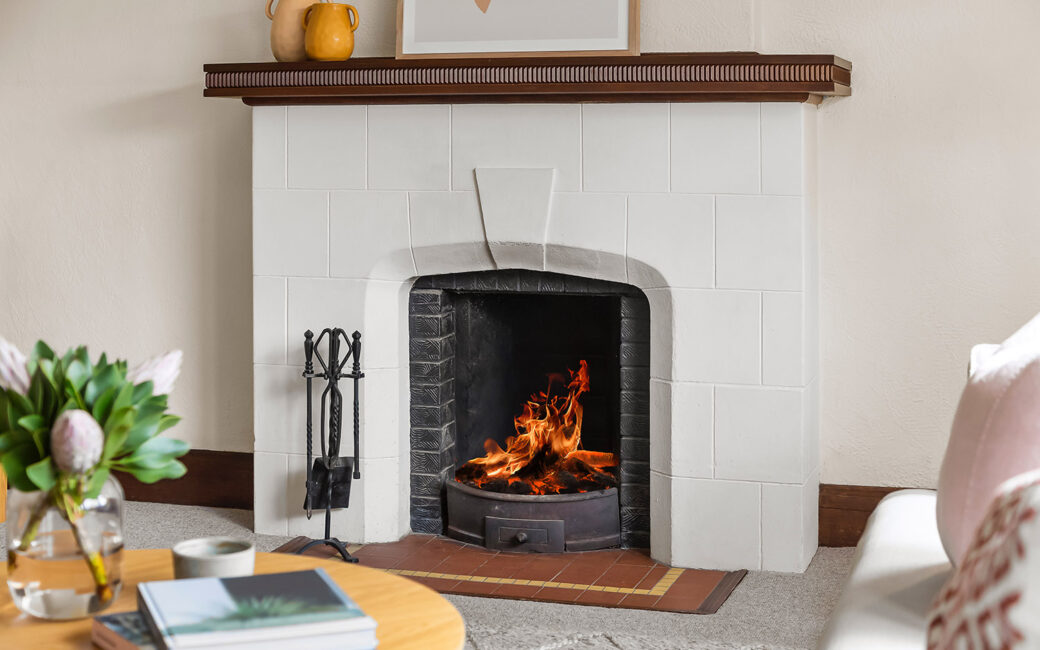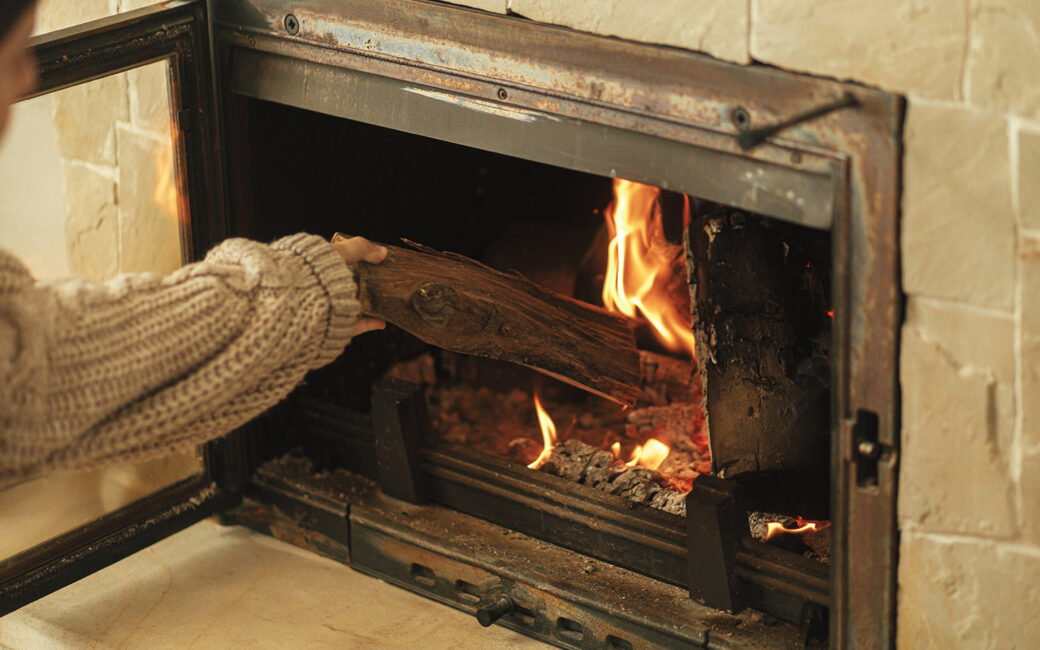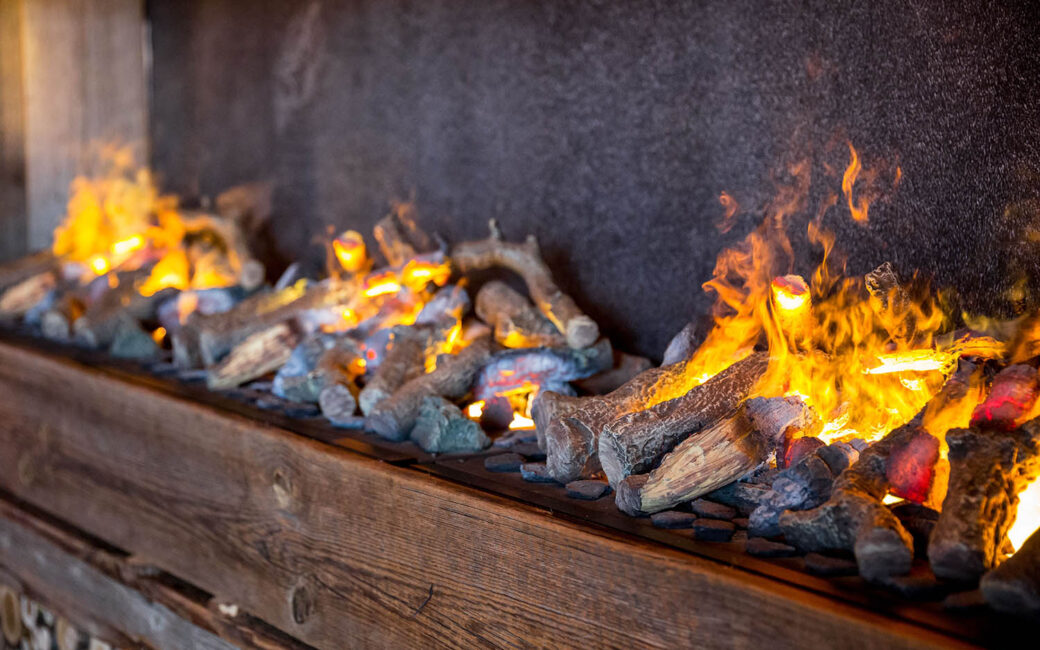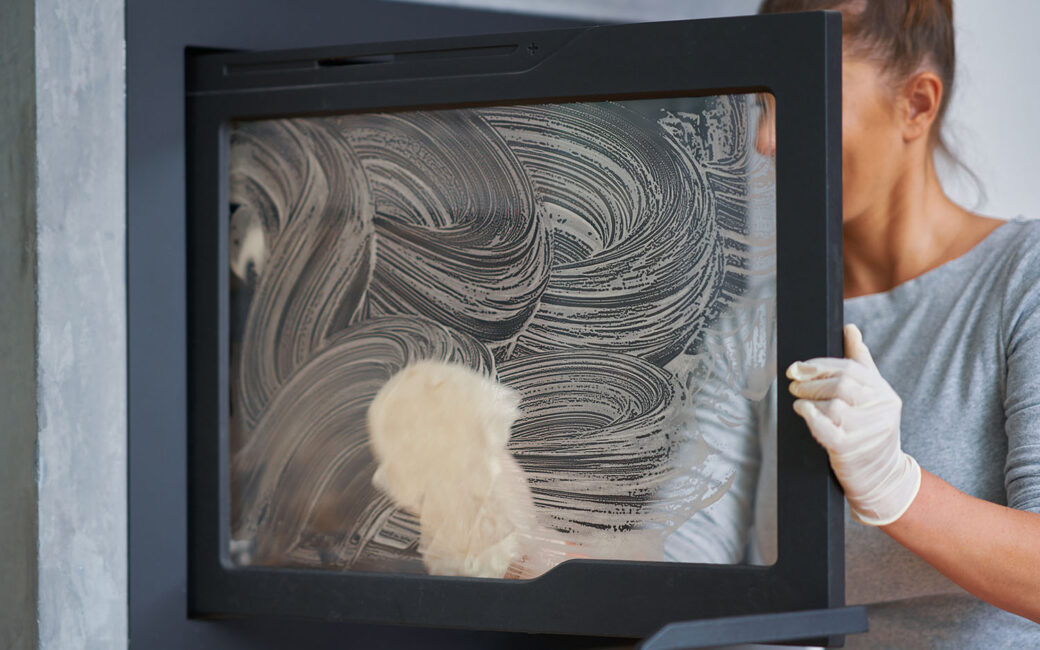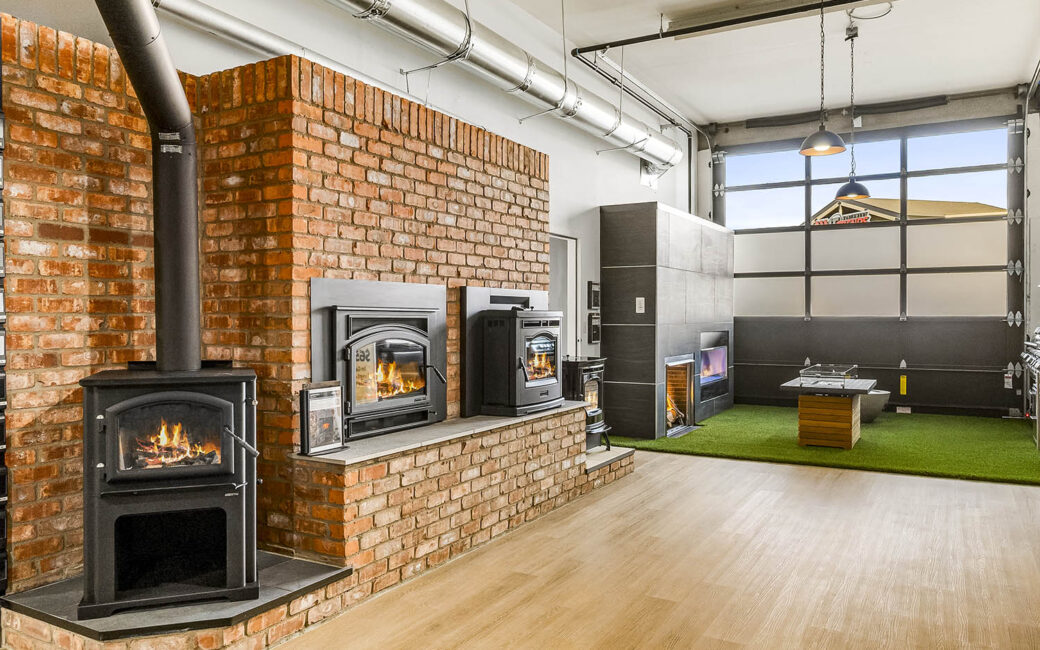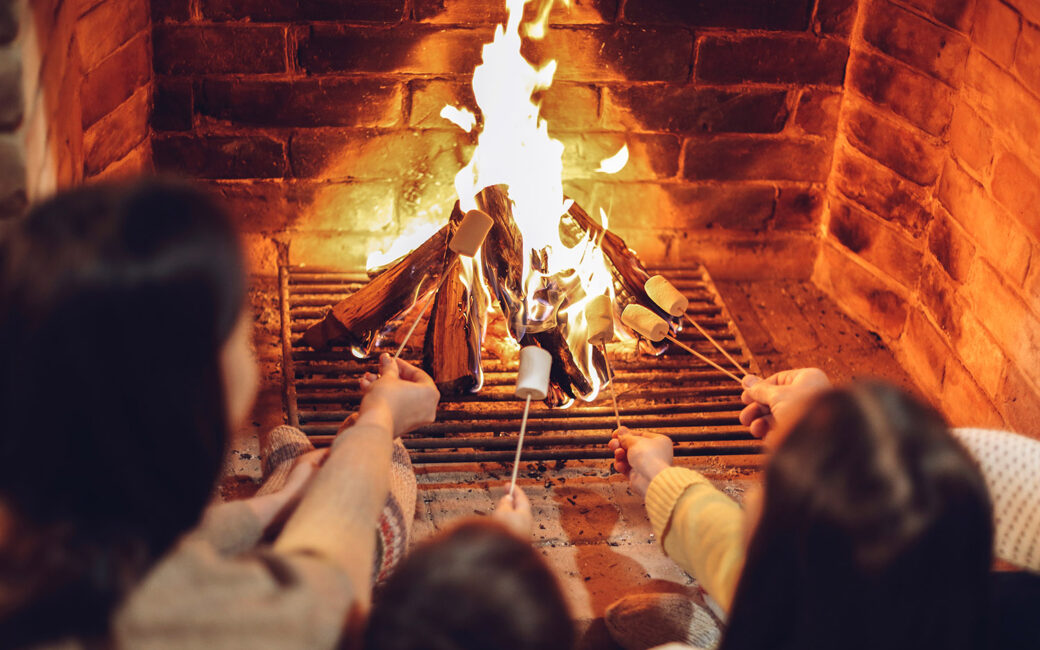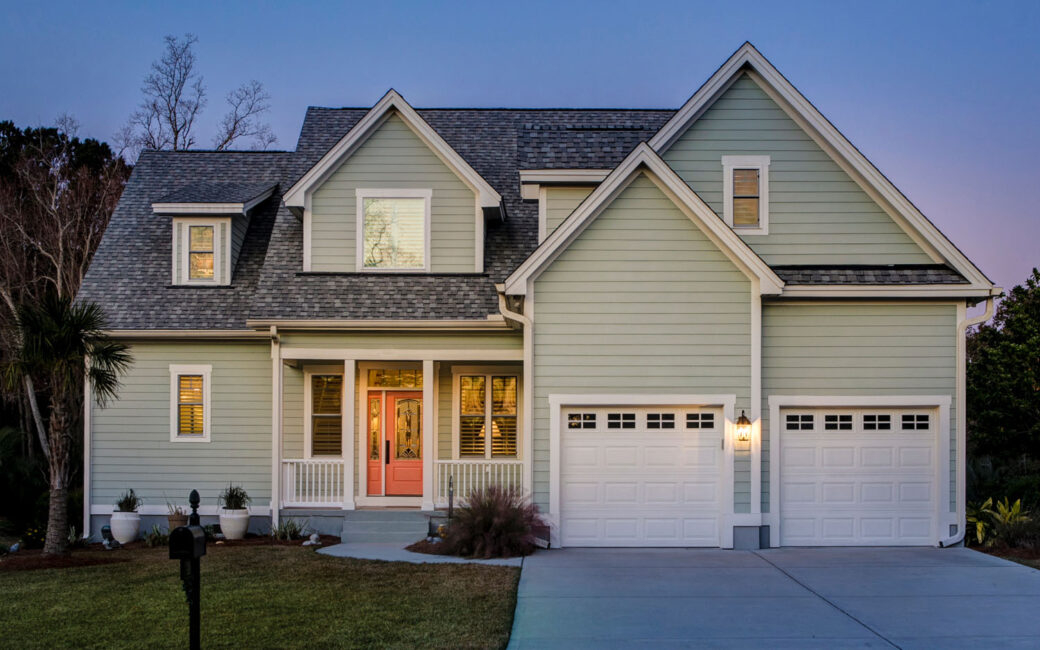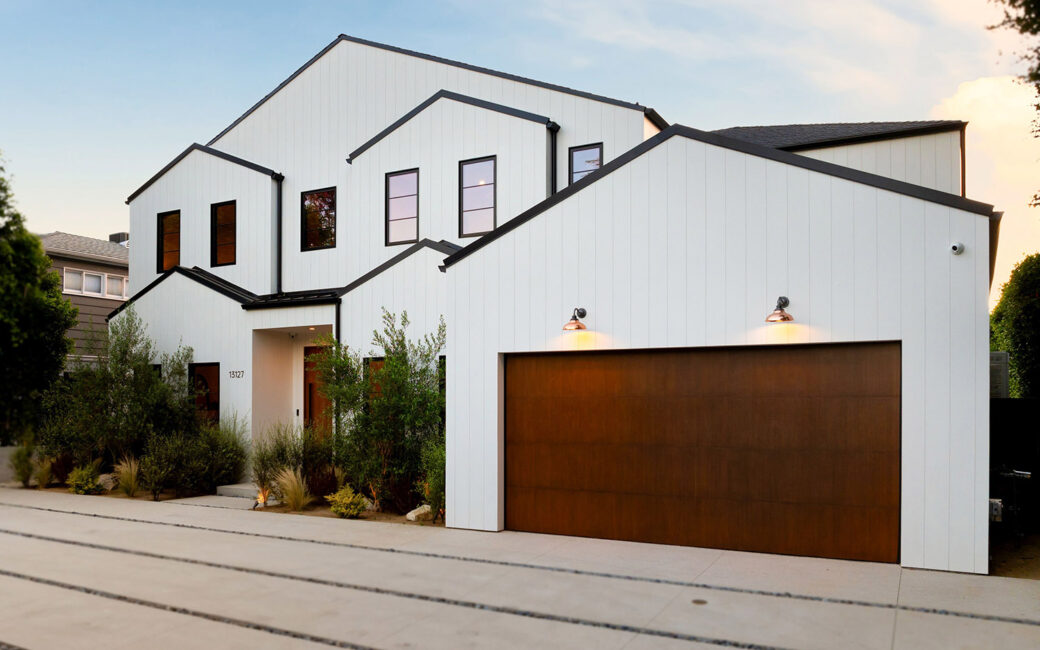Do Gas Fireplaces Need a Chimney?
Short Answer: Not Always.
If you’re wondering if a gas fireplace needs a chimney, the answer depends on the type of gas fireplace you choose. Many modern gas fireplaces are designed to work without a traditional chimney, making them a flexible and popular option for today’s homes.
Below, we’ll first answer the question clearly, then break down how gas fireplace ventilation works in simple, homeowner-friendly terms.
Does a Gas Fireplace Need a Chimney?
No—many gas fireplaces do not need a chimney. Traditional wood-burning fireplaces rely on a chimney to remove smoke and gases. Gas fireplaces, however, burn much cleaner and use different venting methods. Some gas fireplaces vent through an exterior wall, some use a sealed pipe system, and others don’t vent at all. That flexibility is one of the biggest reasons homeowners choose gas.How Gas Fireplace Ventilation Works (Made Simple)
All gas fireplaces must manage heat and exhaust safely—but they do it in different ways. The key difference is whether the fireplace is vented or vent-free.Vent vs. Vent-Free Gas Fireplaces
Vented Gas Fireplaces
Vented gas fireplaces send exhaust gases outside your home. These systems are designed to safely remove combustion byproducts while keeping indoor air clean. There are a few common vented options:Direct Vent Gas Fireplaces
Direct vent fireplaces use a sealed system with two pipes:- One pipe pulls fresh air in from outside
- The other pipe sends exhaust gases back outside
Gas Fireplace Inserts
If you already have a wood-burning fireplace and chimney, a gas insert fits into the existing opening. A liner is added inside the chimney to vent exhaust safely, improving efficiency and reducing heat loss compared to open fireplaces.Vented Gas Log Sets
Vented gas logs are installed inside an existing fireplace and use the chimney to exhaust gases. While they look very realistic, they are designed more for ambiance than heating efficiency.Vent-Free (Ventless) Gas Fireplaces
Vent-free gas fireplaces do not use a chimney or exterior vent at all. Instead, they are engineered to burn gas very cleanly and release heat directly into the room.Are Ventless Gas Fireplaces Safe?
When properly installed and used according to manufacturer guidelines and local building codes, ventless gas fireplaces are considered safe. They include built-in safety features such as:- Oxygen depletion sensors (ODS)
- Automatic shutoff systems
- Strict output limits
Which Gas Fireplace Option Is Right for Your Home?
The best choice depends on:- Whether you already have a chimney
- Your heating goals vs. ambiance goals
- Installation location
- Local building codes
- Your comfort level with vented vs. vent-free systems
